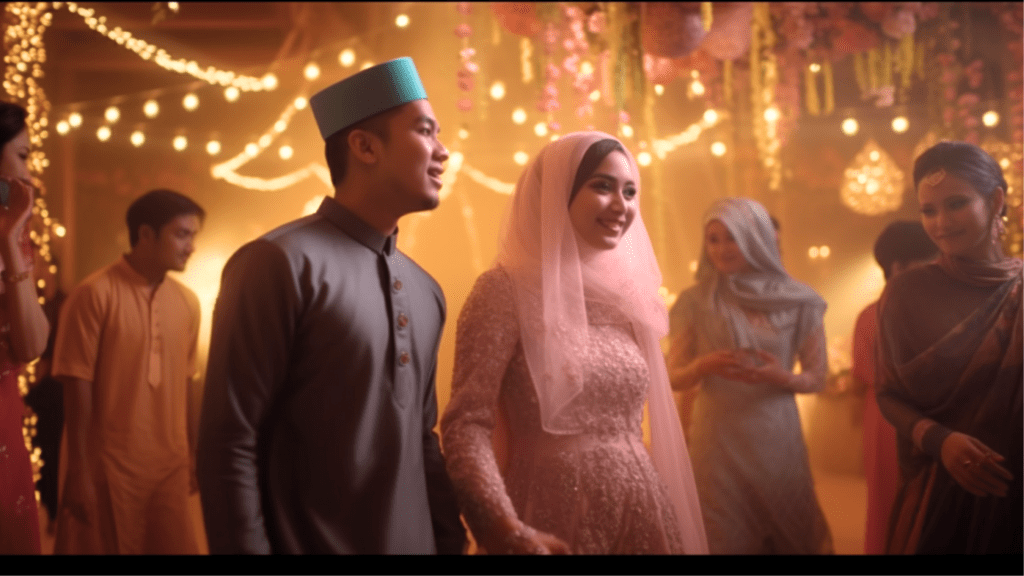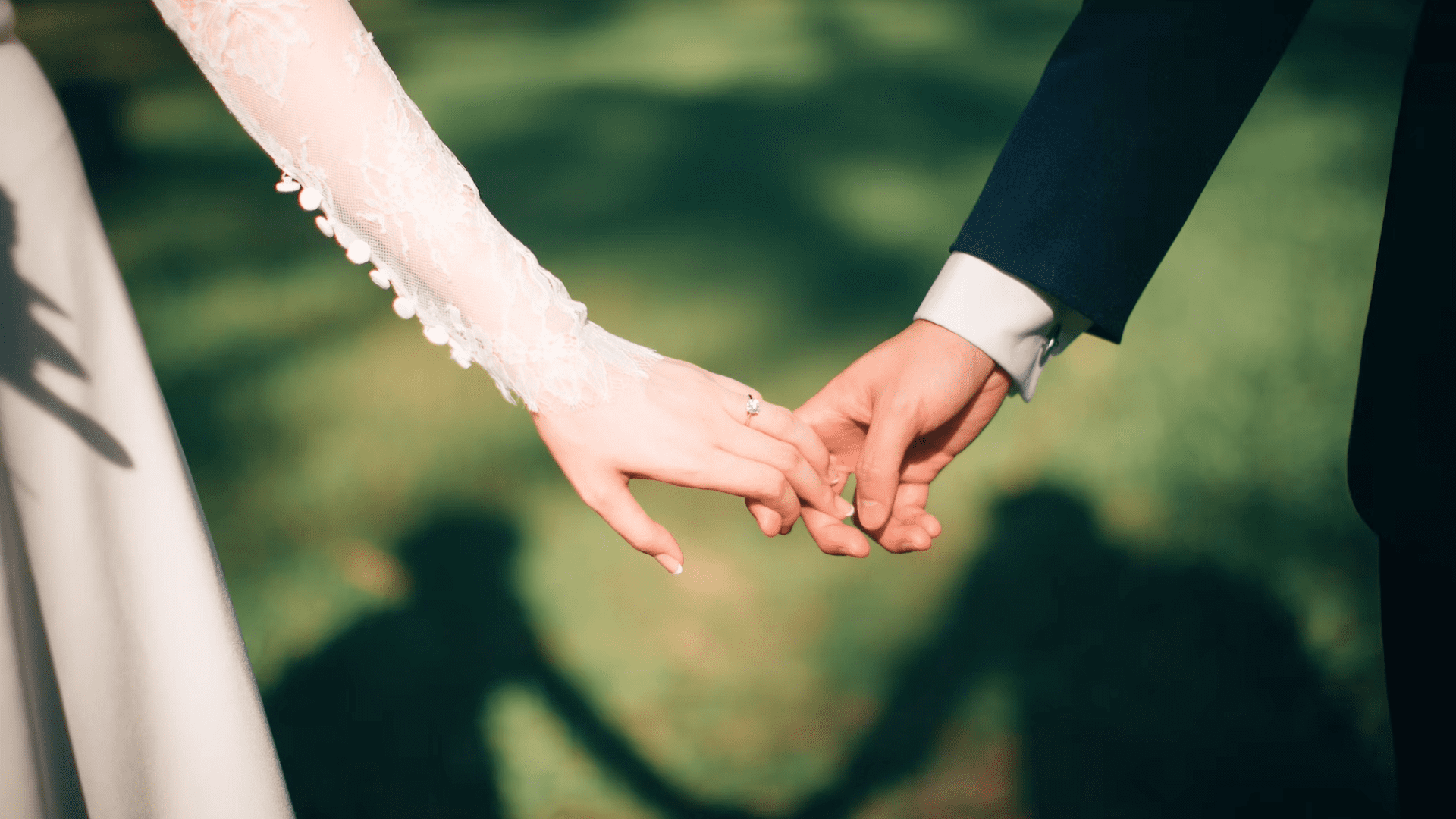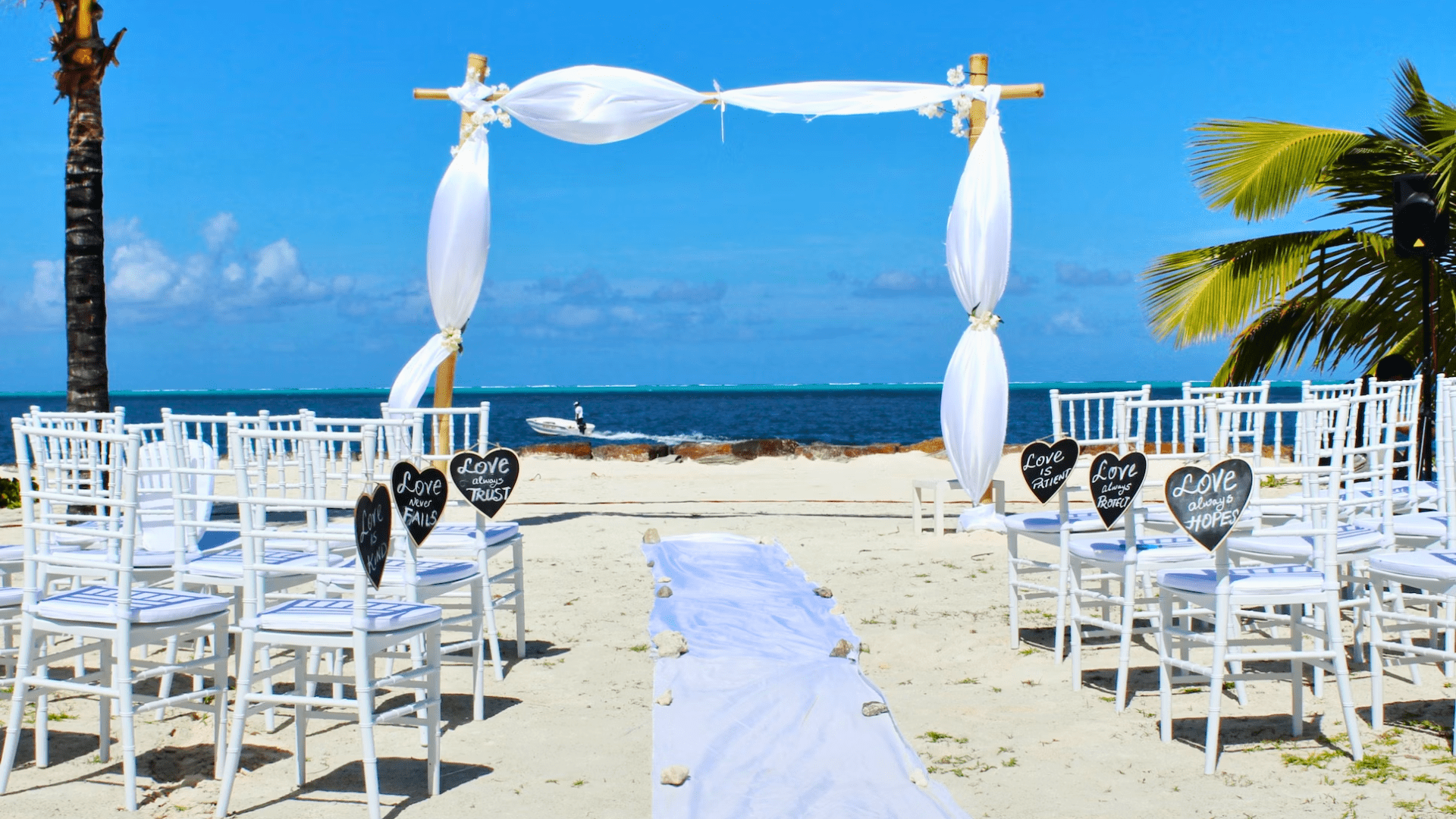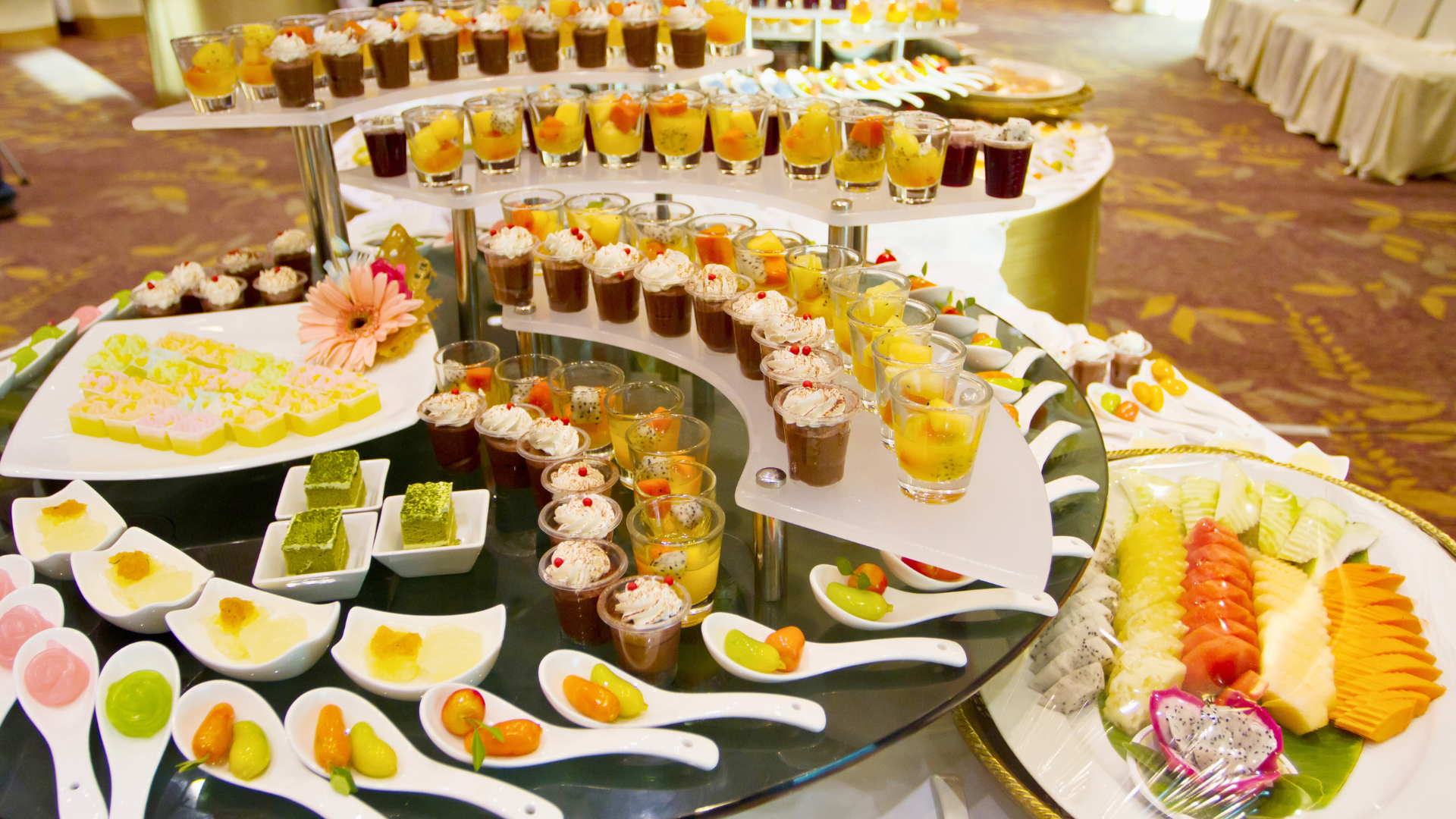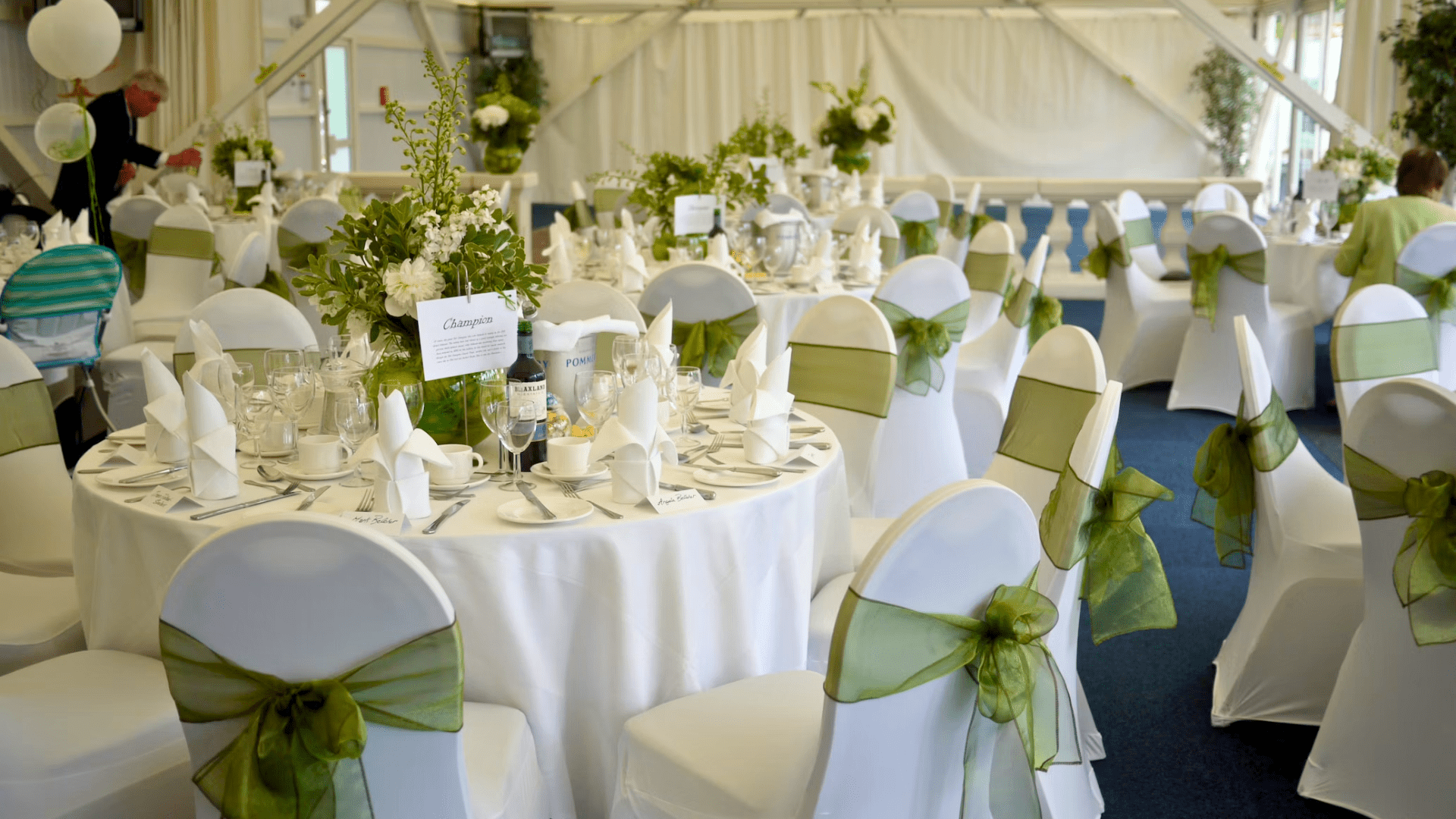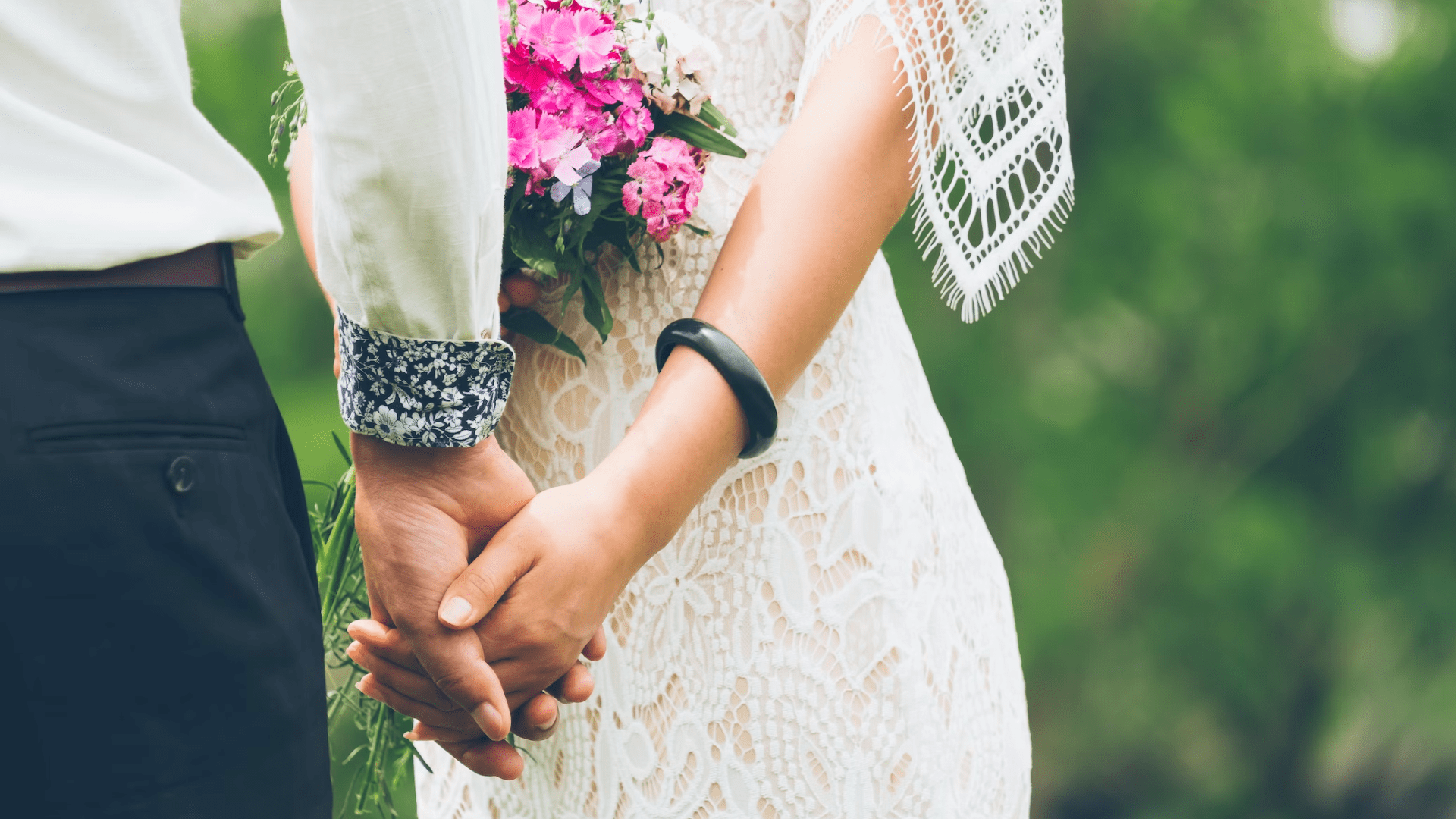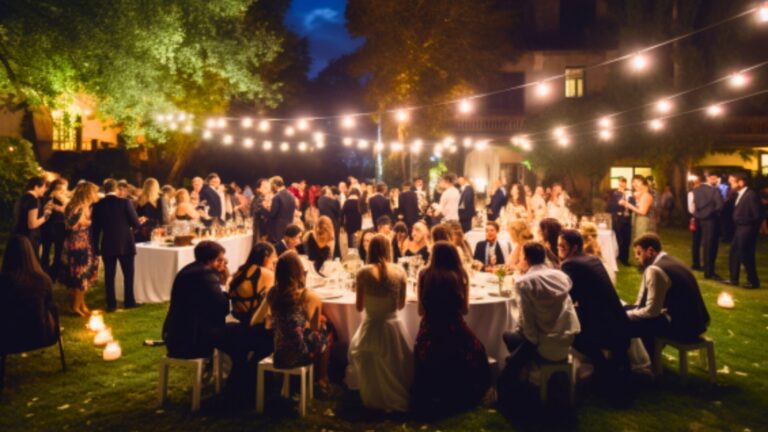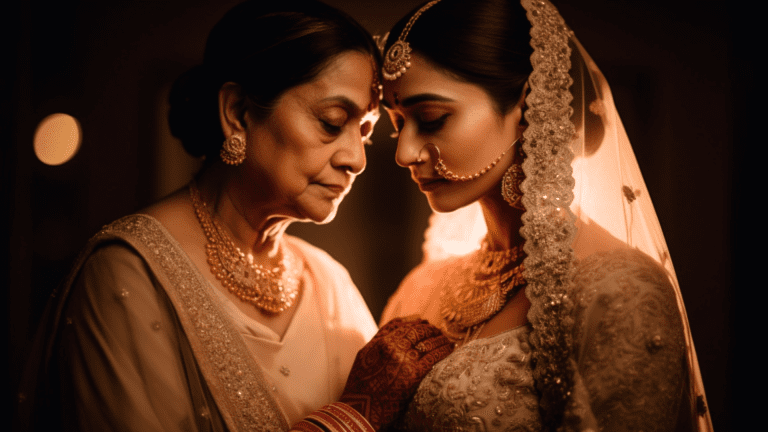Congratulations, you’re getting married! And not just any wedding – you’ve decided to celebrate your union in a fun, meaningful way by honouring your cultural background. A multicultural wedding is a chance to share the beauty of diversity with friends and family. While planning a wedding is always challenging, a multicultural celebration presents some challenges. Not to worry, we’ve got you covered.
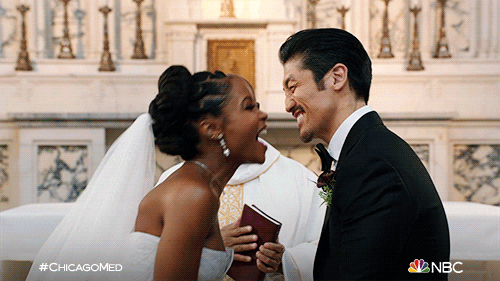
Follow these 7 simple tips to navigate the joys and obstacles of planning your one-of-a-kind multicultural wedding. Your guests will be delighted as they experience the fusion of traditions, colours, sounds, and flavours from two rich heritages.
Most importantly, you’ll create cherished memories that highlight what really matters – joining two lives and two families into one. With an open heart, patience, and a sense of adventure, you’ve got this! Now let the fun begin.
Understanding Multicultural Wedding Etiquette and Traditions
Planning a multicultural wedding? Congratulations! This is an opportunity to honor your diverse backgrounds and bring your families together to celebrate. To navigate the etiquette and traditions, here are some tips:
Do your research! Learn about the wedding customs from both cultures so you can find meaningful ways to blend them. Talk to elders, research online, and read books on the topic. The more you know, the easier it will be to create a cohesive celebration.
Be flexible and compromise. You won’t be able to incorporate every single tradition, so choose what’s most important to you and your families. Look for areas where you can blend customs in creative ways, like combining flowers or music.
Involve family in the planning. Make sure key relatives from both sides have a say in decisions and feel included. Explain the vision for blending cultures and get their input. This will help avoid hurt feelings and ensure everyone’s on the same page.
Educate your guests. Include notes in your invites explaining any cultural traditions they’ll experience. This helps them understand the significance and participate fully. You can also have family members give short speeches explaining traditions during the reception.
With open communication, creativity, and a willingness to learn from each other, you’ll navigate this joyous multicultural union with grace and meaning. Best wishes!
Setting the Wedding Date: Navigating Different Cultural Calendars
Planning a multicultural wedding means navigating different cultural calendars and traditions. How exciting! With some organization, you’ll find the perfect date to honor all sides.
First, sit down and figure out each cultural calendar you want to incorporate. The Chinese lunar and Islamic Hijri calendars may be meaningful to you. Remember to also check international holiday schedules so guests from abroad can attend!
Once you have the calendars handy, start searching for auspicious dates that work with both sides. Some factors to remember are seasonal appropriateness, avoiding clashes with major holidays, and consulting with religious leaders or family elders if needed.
When you find a date you both love, reserve it at your ceremony and reception venues as soon as possible. Then, spread the happy news to family and friends right away so they can make travel plans!
Though it may require extra coordination, choosing a meaningful date is worth it. Your guests will surely appreciate how thoughtful you were in honoring cultural traditions and bringing everyone together to celebrate your special day.
With enthusiasm and teamwork, navigating different calendars will be a fun part of crafting your one-of-a-kind multicultural wedding. Stay positive be flexible, and this step will be done in no time!
Navigating Family Dynamics and Managing Expectations
Congratulations! You’re planning a multicultural wedding, bringing together families from different backgrounds to celebrate your love. This can be tricky to navigate, but you’ll create cherished memories with open communication and understanding.
Talk with your families early and often. Explain your vision for incorporating both cultures and set clear expectations. Be receptive to their input but stand firm in your decisions as a couple.
Get parents and key relatives involved in the planning. Asking for their opinions on details related to their cultural traditions will make them feel valued and ease tensions. At the same time, don’t feel obligated to do everything according to “tradition” – this wedding is about you!
Compromise when you can. For example, have two officiants, one from each faith. Or, serve a fusion menu with dishes from both food cultures. Blending cultures in these ways honor your roots while forging new bonds between families.
Most of all, remember why you’re planning this wedding in the first place – your shared love and commitment to each other. When challenges arise, focus on the joy of bringing your closest friends and family together to celebrate this special day. With empathy, patience and teamwork, you’ll navigate cultural differences and have an unforgettable multicultural wedding!
Navigating the Guest List for a Multicultural Wedding
Planning a multicultural wedding means navigating a guest list from two different cultures. This can be tricky, but also a perfect chance to honor both sides of your heritage! Some tips to keep in mind:
Prioritize close family and friends. Focus first on inviting your nearest and dearest, the people you truly want by your side on your big day. Due to cultural expectations, don’t feel obligated to invite distant relatives or acquaintances.
Keep a balanced guest list. Aim for an equal number of guests from both cultures if possible. But don’t stress over achieving a precise 50/50 split – do what feels right for you and your fiancé(e).
Use e-invites or paper invites? Choose a style that will resonate with all your guests. E-invites are convenient, but older relatives may appreciate traditional paper invites, especially. You could also do a mix of both!
Provide ample details. For guests unfamiliar with certain cultural wedding traditions, include extra information about what to expect. Explain the sequence of events, attire, gift etiquette and any unique customs. This will help them feel more at ease and able to fully participate in your celebration.
Most of all, focus on what matters to you as a couple. A multicultural wedding is a chance to honor your shared values and blend traditions in a way that is meaningful for you both. Don’t let family expectations or cultural norms pressure you into anything that doesn’t feel right. This is your wedding – celebrate it your way!
Finding Multicultural Wedding Vendors and Planners
Once you’ve narrowed your wedding vision, it’s time to find the perfect team to help bring it to life. For a multicultural wedding, look for planners and vendors familiar with the traditions and ceremonies of your culture.
Seek out multicultural wedding planners
These planners specialize in fusing cultural elements together meaningfully and respectfully. They can guide you through the intricacies of each tradition and help create a cohesive experience for your guests. Ask about their experience with your specific cultures and see examples of past multicultural weddings they’ve organized.
Find vendors familiar with your cultures
For photography, videography, catering, music, and decor, look for vendors experienced with multicultural weddings. Explain your vision and ask how they incorporate cultural elements tastefully and authentically. See examples of their work to get a feel for their style. Feel free to interview multiple vendors to find the best fit.
Consider cultural entertainment
Including cultural performances, music, or interactive experiences is a wonderful way to honor your heritage. Work with your planner to book cultural dance troupes, musicians, or activity leaders to delight your guests. But be mindful of scheduling and flow so cultural elements feel well-integrated throughout the celebration.
Planning a multicultural wedding requires extra sensitivity and care. By working with experienced, culturally-savvy planners and vendors, you’ll feel confident your special day will be a beautiful, memorable fusion of the cultures closest to your heart. Celebrate this joyous new chapter of your lives surrounded by loved ones who share in the diversity of your union.
Blending Wedding Attire and Décor From Different Cultures
When it comes to attire and décor, embrace the opportunity to blend elements from both cultures! This is a chance to get creative and create something unique to represent your special union.
Incorporate meaningful colors
Choose colors that are symbolic in both cultures, like red for love and passion or gold for wealth and prosperity. Use them in your wedding attire, flowers, linens, etc. Your guests will appreciate these thoughtful touches!
Mix and match outfits
Feel free to use a traditional wedding gown and tux. Blend cultural outfits like a cheongsam with a modern white dress or a sherwani with slacks. The combinations are endless! Accessories like jewellery, flowers and hairpieces also provide chances for fusion.
Include symbolic decor
Decorate with items like lanterns, candles or flowers that have meaning in both cultures. Framed photos of the two of you in each other’s cultural attire would make a personal statement. Seating guests at round tables encourages mixing and bonding over your diverse yet shared values.
Serve fusion fare
Offer a menu that combines cuisines, like Malaysian chicken satay and pasta, or Indian naan and Chinese dumplings. Fusion food is a delicious metaphor for your blended union. Provide info cards explaining the origin and meaning behind each dish.
A multicultural wedding is a joyous merging of traditions that allows you to honor your diverse backgrounds in an entirely new way. Feel free to get creative – your guests will appreciate all the thought and meaning put into blending these special cultures. Focus on inclusiveness and sharing the best of both worlds, and you’ll craft a celebration you’ll cherish for years to come!
Incorporating Food and Music From Both Cultures
When it comes to the reception, incorporating elements from both cultures is key. Music and food are two of the best ways to achieve this.
Food
Offer a mix of cuisine from both cultures. Some ideas could be:
- Nasi lemak, rendang and satay from the Malaysian side.
- Croissants, cheese and wine from the French side.
- A fusion of flavors, like banana leaf-wrapped duck confit or foie gras roti canai.
Have food stations so guests can sample different dishes. Label each dish with its name and origin so everyone knows what they’re eating! Most importantly, choose dishes you both grew up with and love. Your guests will appreciate experiencing authentic tastes from each culture.
Music
- Play a mix of traditional and contemporary music from both cultures. Some upbeat French tunes and popular Malay songs will get people on the dance floor.
- You could even do a “crossover” first dance, starting with a waltz before switching into a joget lambak!
- Hire musicians or a DJ familiar with both cultures. Provide a playlist in advance with must-play songs so they understand the mix you want.
Blending music, food and other elements from two cultures may require extra effort but will make your wedding memorable for you and your guests. Focus on what you love and want to share with friends and family. Your personalities and joy will shine through, creating a celebration no one will forget!
Malaysians Are Loving This Couple’s Cross-Cultural Wedding With Lion Dance & Malay Dais
Conclusion
You’ve got this! With some patience, understanding, and appreciation for each other’s cultures, you’ll plan an unforgettable multicultural wedding. Focus on open communication, set clear expectations, delegate tasks to helpful friends and family, and remember to enjoy this special time. Compromise when you can, stand firm in your values when needed, and celebrate your union with vibrant, meaningful touches from both sides. Your wedding will be a joyful, colourful fusion of traditions that symbolizes the beautiful blend of cultures in your new shared life together. Congratulations! Now go out there and dance the night away, feeding each other cake and basking in the love and support of everyone who has come together to honour your love. What an incredible start to your married adventure.
FAQ
Blending wedding traditions from different cultures requires research and flexibility. Learn about the customs from both backgrounds, prioritize what’s most important to you and your families, and look for creative ways to combine decor, attire, and ceremonies. Involving key family members in planning can help ensure everyone feels included.
Navigating different cultural calendars can be challenging, but finding a meaningful date is worth it. Consider the cultural calendars you want to incorporate, avoid conflicts with major holidays, and consult with religious or community leaders if necessary. Communicate the chosen date to family and friends promptly to allow for travel plans.
Managing family expectations is crucial. Have open and ongoing conversations with both families, explain your vision for the wedding, and involve them in the planning process. Compromise where possible, but remember that the wedding should reflect your values as a couple. Focus on the love and commitment you share.
Creating a guest list for a multicultural wedding involves prioritizing close family and friends from both sides. While aiming for a balanced representation is ideal, don’t stress about achieving an exact 50/50 split. Use a mix of e-invites and paper invites to cater to various preferences. Provide information to guests about cultural traditions they may encounter during the wedding.
Blending wedding attire and décor offers a chance for creativity. Incorporate meaningful colors, mix and match outfits that represent both cultures and include symbolic decorations that hold significance for both backgrounds. Consider serving fusion cuisine that combines dishes from both cultures to symbolize your blended union.

